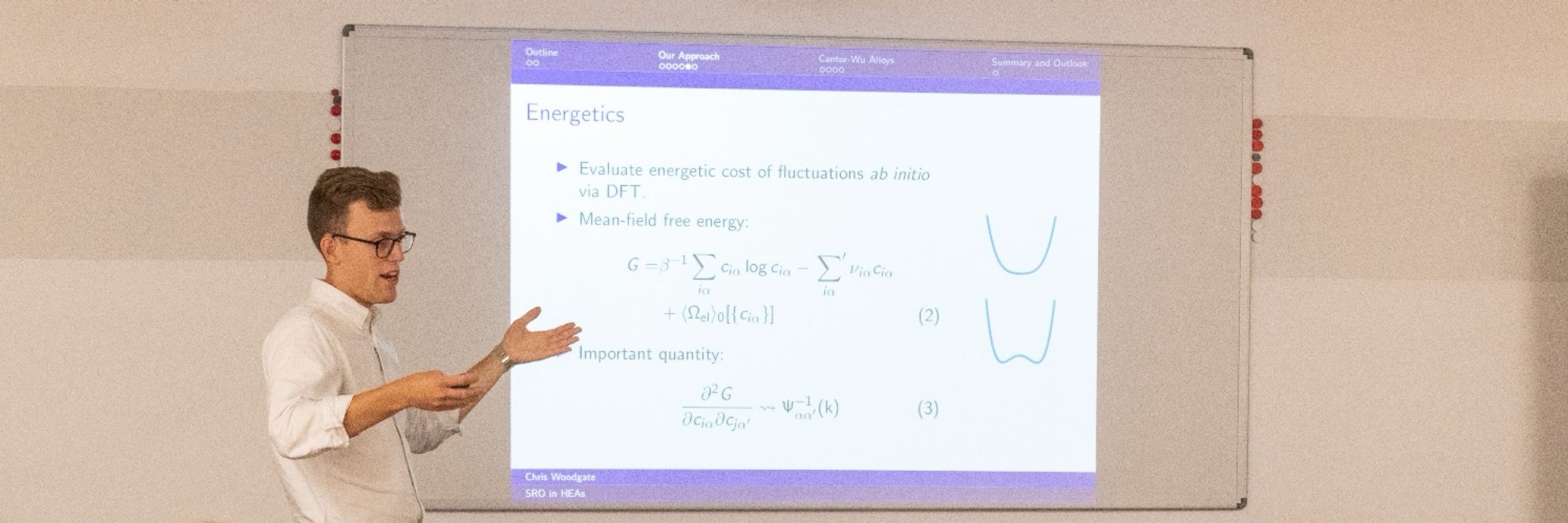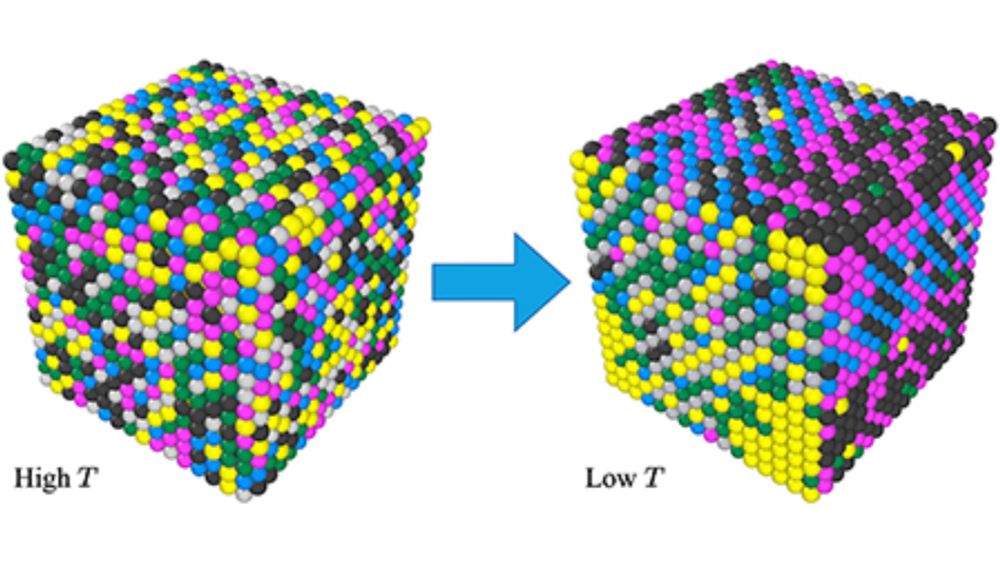
link.springer.com/book/10.1007...
This article provides a comprehensive overview of the approach we have developed for studying phase equilibria in #Alloys

link.springer.com/book/10.1007...
This article provides a comprehensive overview of the approach we have developed for studying phase equilibria in #Alloys
doi.org/10.1063/5.02...
We studied how the addition of Ti affected the Nb-Mo-Ta-W and V-Nb-Mo-Ta-W #Alloys

doi.org/10.1063/5.02...
We studied how the addition of Ti affected the Nb-Mo-Ta-W and V-Nb-Mo-Ta-W #Alloys
doi.org/10.1103/Phys...
This work developed an MLIP for the prototypical austenitic #StainlessSteel, Fe-Cr-Ni. Potentials such as this will help to accelerate future simulations 🚀
doi.org/10.1103/Phys...
This work developed an MLIP for the prototypical austenitic #StainlessSteel, Fe-Cr-Ni. Potentials such as this will help to accelerate future simulations 🚀
doi.org/10.1140/epjp...
As a group of #PhD researchers and #EarlyCareer #Scientists, we shared our collective advice, tips, and tricks as a guide for others entering the #computational science community 🤖

doi.org/10.1140/epjp...
As a group of #PhD researchers and #EarlyCareer #Scientists, we shared our collective advice, tips, and tricks as a guide for others entering the #computational science community 🤖
doi.org/10.1063/5.01...
This article provides a comprehensive computational analysis of the hard magnetic properties of ordered FeNi, known as #Tetrataenite

doi.org/10.1063/5.01...
This article provides a comprehensive computational analysis of the hard magnetic properties of ordered FeNi, known as #Tetrataenite
doi.org/10.1103/Phys...
Here, we showed how the simulated magnetic state of the alloys alters the #FreeEnergy landscape, changing the predicted #PhaseEquilibria for CrCoNi, CrFeCoNi, and CrMnFeCoNi
doi.org/10.1103/Phys...
Here, we showed how the simulated magnetic state of the alloys alters the #FreeEnergy landscape, changing the predicted #PhaseEquilibria for CrCoNi, CrFeCoNi, and CrMnFeCoNi
doi.org/10.1103/Phys...
Taking the computational approach developed in our earlier work, this time we examined the phase stability of the #Refractory #HighEntropyAlloys, examining atomic ordering tendencies
doi.org/10.1103/Phys...
Taking the computational approach developed in our earlier work, this time we examined the phase stability of the #Refractory #HighEntropyAlloys, examining atomic ordering tendencies
doi.org/10.1103/Phys...
We proposed a new technique for studying phase equilibria in #HighEntropyAlloys, combining #DFT calculations, a concentration wave analysis, and #MonteCarlo simulations

doi.org/10.1103/Phys...
We proposed a new technique for studying phase equilibria in #HighEntropyAlloys, combining #DFT calculations, a concentration wave analysis, and #MonteCarlo simulations
doi.org/10.1103/Phys...
We studied the phase behaviour and #Magnetostrictive properties of Fe-Ga #Alloys using #ElectronicStructure calculations, showing how #Magnetic properties are connected to atomic arrangements
doi.org/10.1103/Phys...
We studied the phase behaviour and #Magnetostrictive properties of Fe-Ga #Alloys using #ElectronicStructure calculations, showing how #Magnetic properties are connected to atomic arrangements

